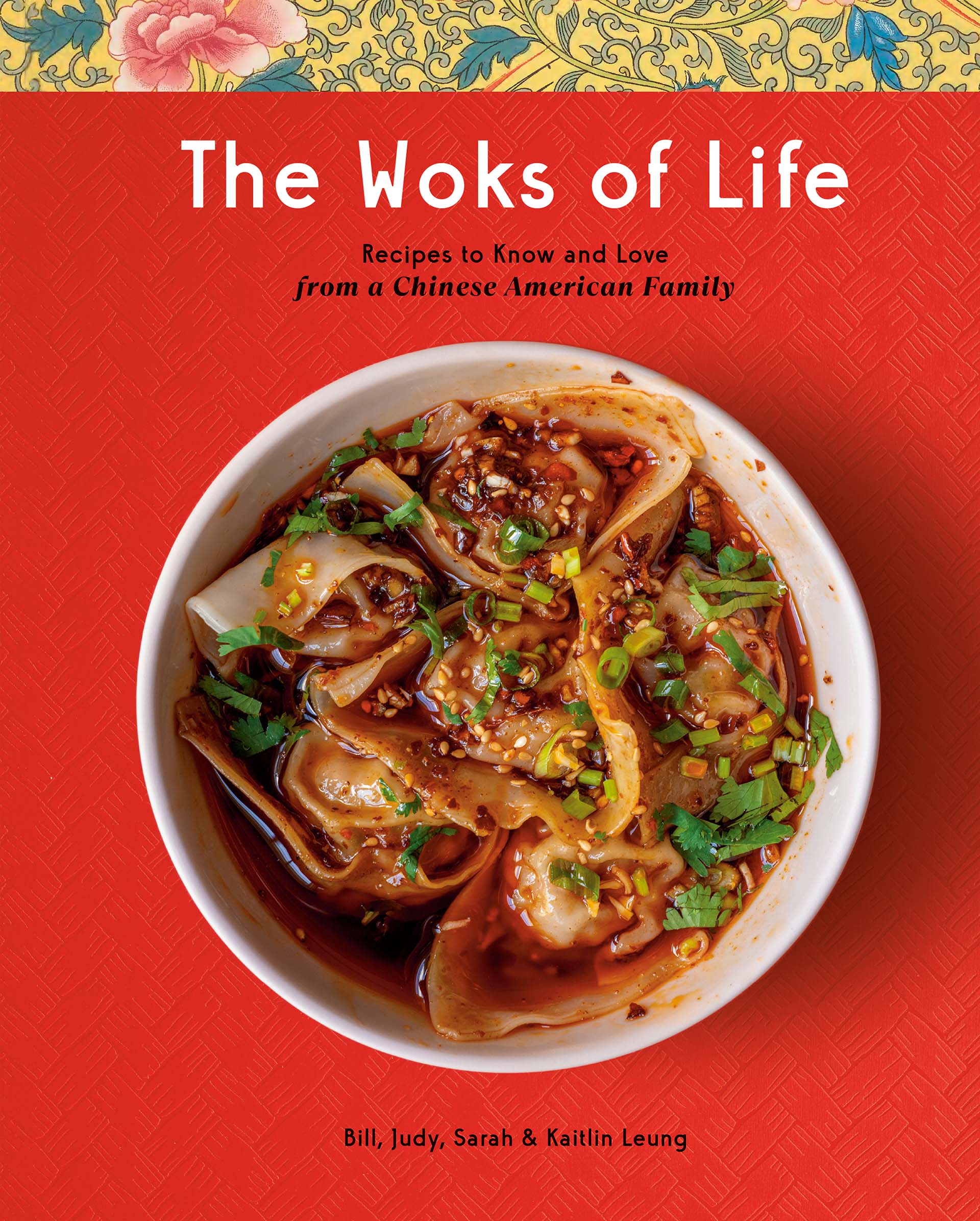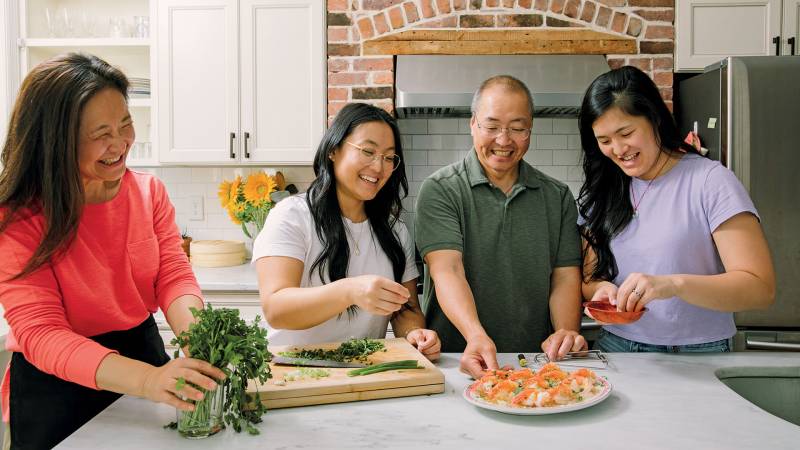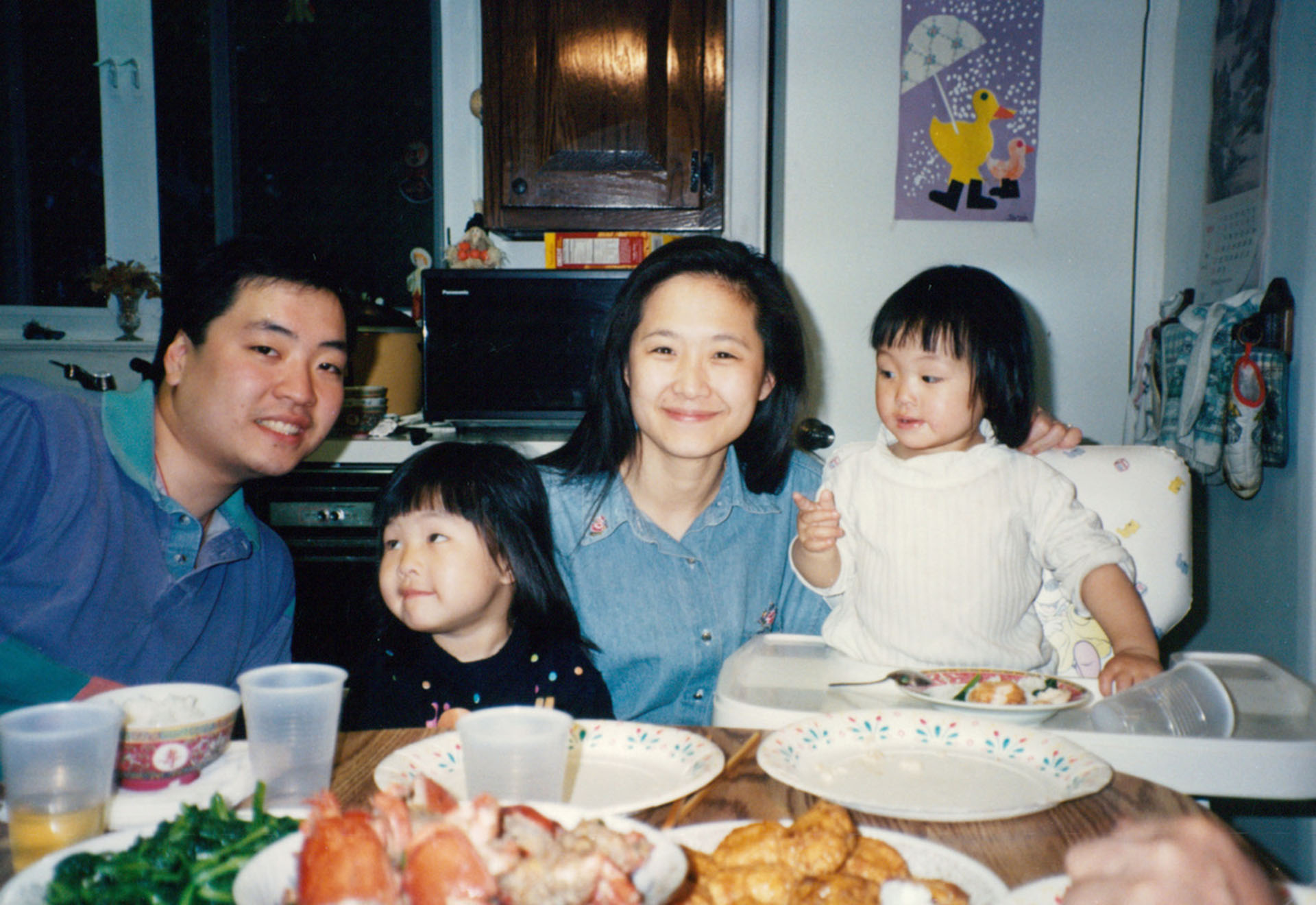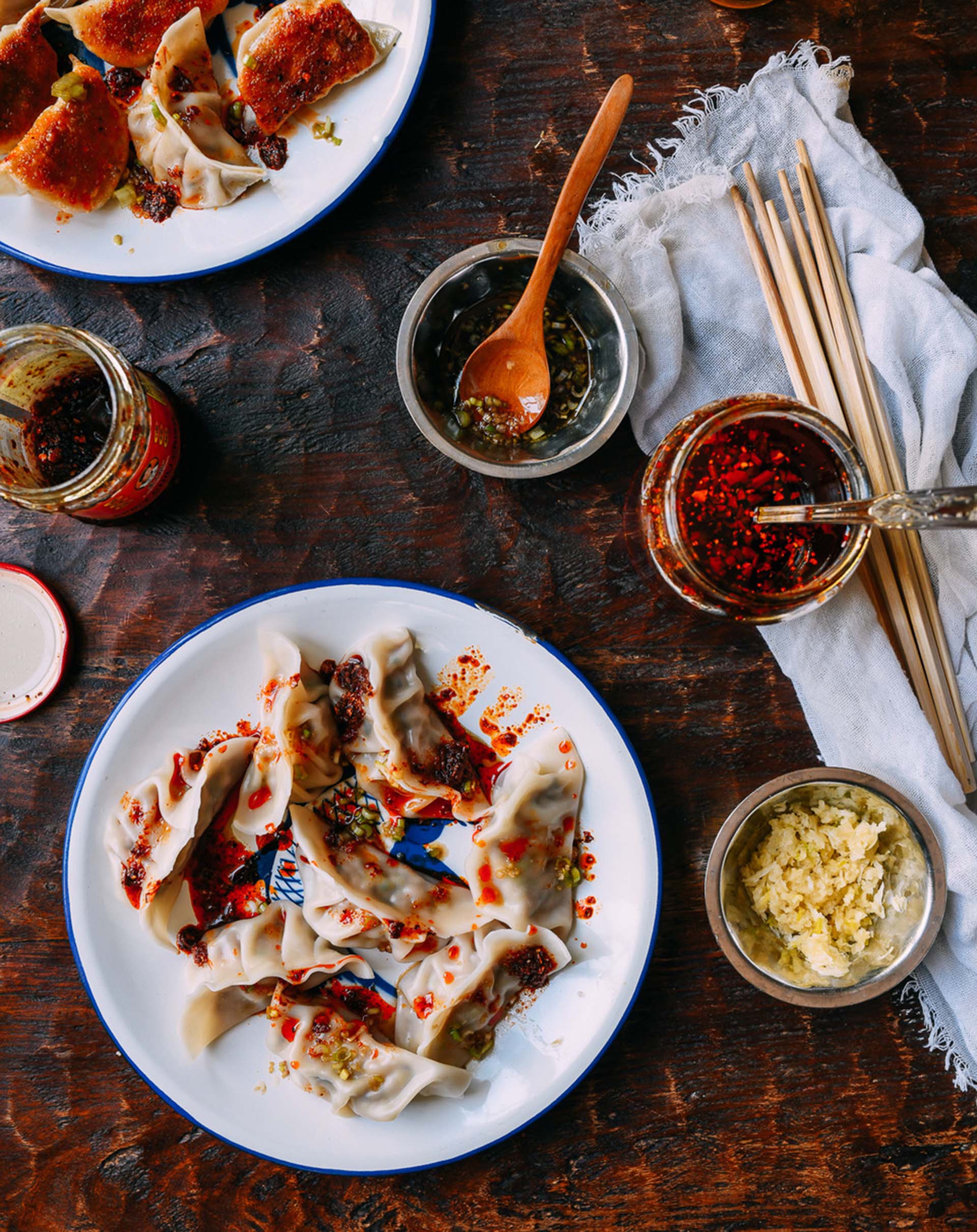F
or the first 18 years of my life, my mom cooked Chinese food every day — a couple of homey stir-fries, a whole steamed fish, a pot of white rice, all served family-style. She rarely even glanced at a recipe.
But when it came time for me to teach myself how to cook, I didn’t ask my mom for help. Instead, like so many young people who came of age in the ‘90s and early 2000s, I turned to the Food Network and the online recipes of the early internet. I bought three Jamie Oliver cookbooks. And by the time I started my own family, I was making coq au vin for fun on the weekends and could cook a mean risotto. What I didn’t really know how to cook at all, however, was Chinese food.
Part of the problem was that I only knew how to cook by following recipes. And up until maybe five or 10 years ago, the number of English-language recipes for Chinese dishes you could find in a cookbook or on the internet still felt extremely limited — at least when it came to homey, everyday recipes written with a younger Chinese American audience in mind.
That was the experience, too, for sisters Sarah and Kaitlin Leung, co-authors — along with their parents, Bill and Judy — of The Woks of Life, a new Chinese American cookbook published this past November, based on the Leungs’ popular blog of the same name. Their book tour will arrive in the Bay Area on Saturday, Feb. 11, with the two sisters appearing at events at Omnivore Books in San Francisco and the main branch of the Berkeley Public Library.

“We learned to cook from Rachael Ray and Ina Garten and Giada DeLaurentiis,” Sarah recalls. “But we learned to eat from our parents.”




